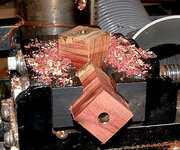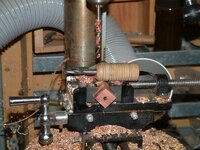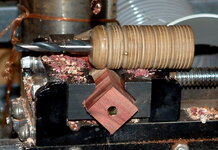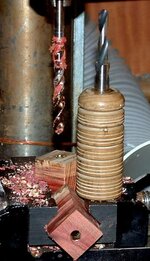keithbyrd
Member
What kind of pen mill do you use? I have one - I think it came from PSI?
1. I can't keep it (or maybe get it) sharp
2. I keep breaking the wood and it splits off the tube
I started using a sander but I would prefer the mill if I could help eliminate some dust.
SO what do you use and how do you sharpen and keep sharp?
and keep sharp?
1. I can't keep it (or maybe get it) sharp
2. I keep breaking the wood and it splits off the tube
I started using a sander but I would prefer the mill if I could help eliminate some dust.
SO what do you use and how do you sharpen





![DSCF0009 [640x480].JPG](/data/attachments/72/72454-f1b7b1d5fb17cdd507d51d5bdd647084.jpg?hash=8bex1fsXzd)